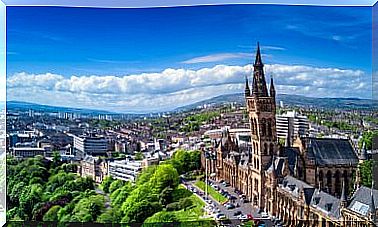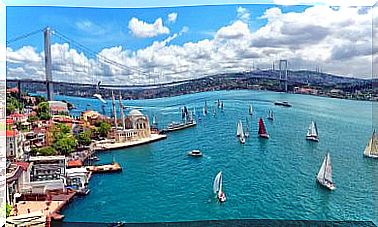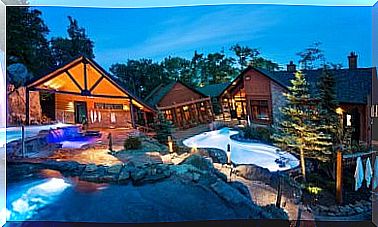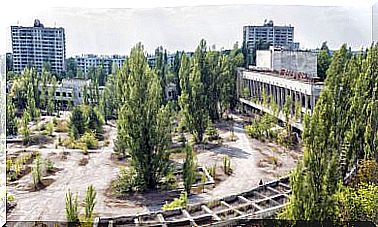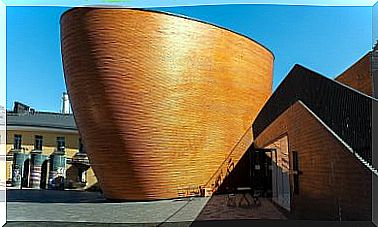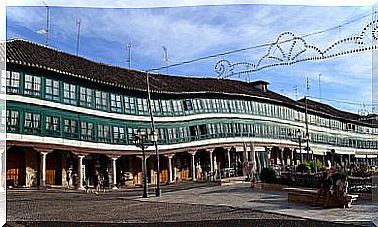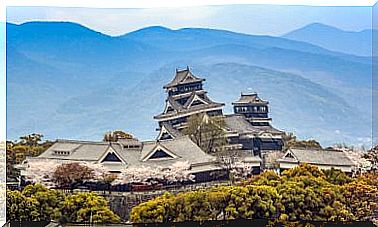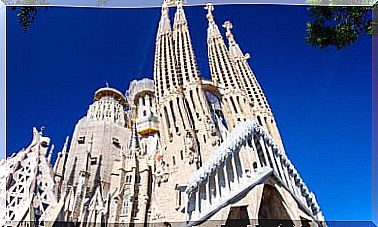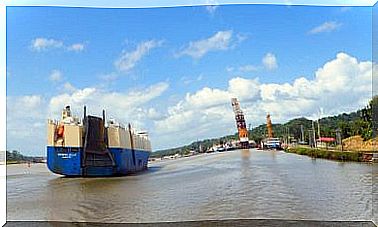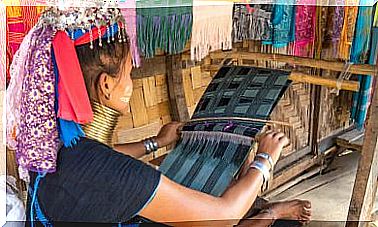Tarifa, The Southernmost Town In Europe
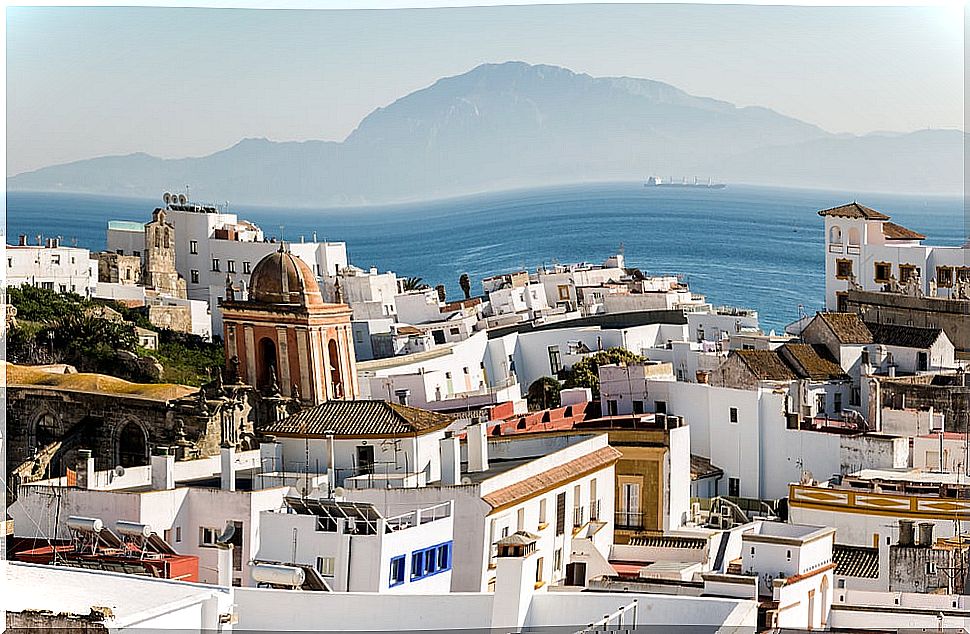
Looking towards the African coasts, it is the southernmost point of the Iberian Peninsula and Europe. 105 kilometers from Cádiz, Tarifa is a beautiful place to visit and then continue the journey to Maghreb lands. We are going to tell you more about an unmissable destination in southern Andalusia.
Tarifa , a city with a long history
The name of the city comes from the Arabic “Al Yazirat Tarif” (which means island of Tarif). It was called that way in the year 710, when the Muslim troops commanded by Tarif landed in this region of the Iberian Peninsula. A year later the medina was founded.
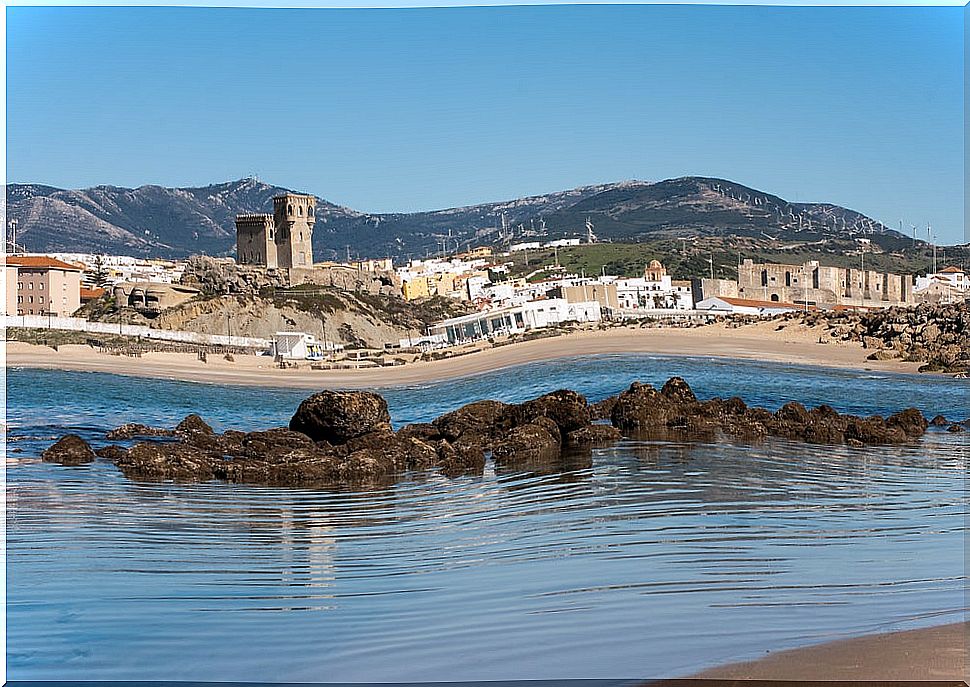
During the first centuries, Tarifa was only a small fishing town, but from the 10th century it began to be fortified by order of Abderramán III. In 1031 it became the Taifa Kingdom of Algeciras and later became part of Seville. In 1147 it was the gateway for the Almohads, who settled throughout the region.
Already in 1292, King Sancho IV of Castile succeeded in making the city surrender, passing into Christian hands. Over the centuries, the strategic location of Tarifa made the defensive system of the city increase. Hence some of its monuments.
Walking around Tarifa
The heritage of this city is truly impressive. So much so that its old medieval walls were declared of cultural interest and a monumental complex.
The old fortress
Inside the fortified enclosure original sections and integrated into later buildings are still preserved. This is what happens in the Alameda area, a tree-lined pedestrian walkway built in the mid-nineteenth century and at the southern end of which there is a monument to Guzmán el Bueno dating from 1960.
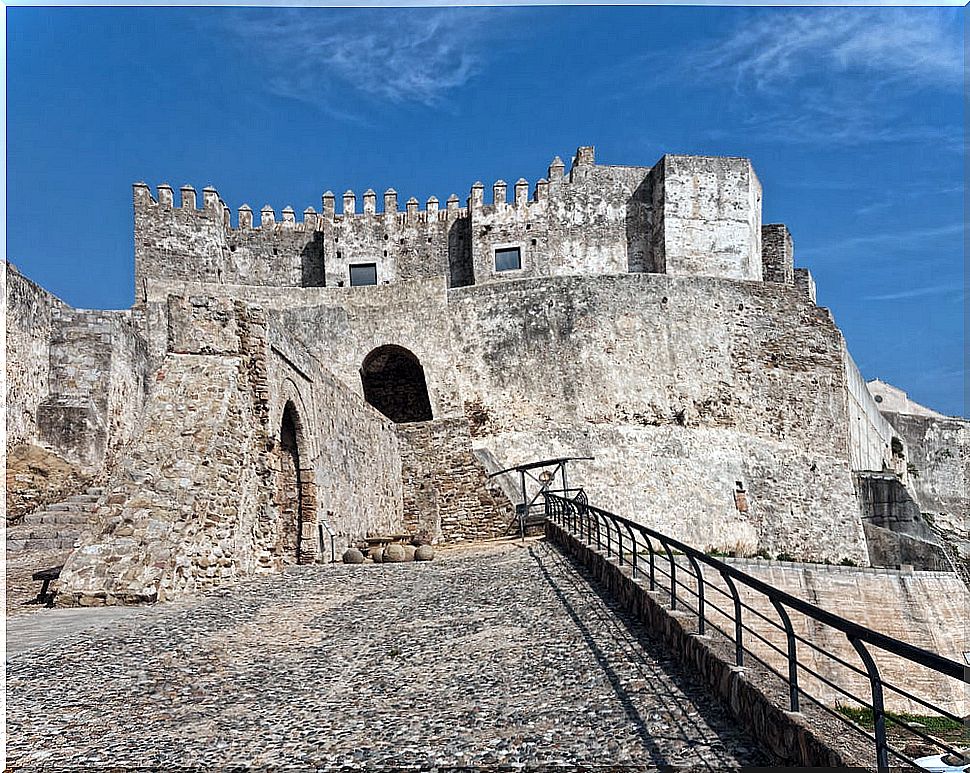
Of the three gates built in the old medina, two of them have disappeared, those of the Retiro and the Sea. Only the Jerez gate remains, which gives access to the north of the town. It was built in the 13th century, when Tarifa was under Benimerí control and the enclosure was expanded towards the suburb.
To the south of the gate stands the Castillo de los Guzmanes, a fortress that was built during the mandate of Abderramán III, but whose works were completed much later and were modified on more than one occasion.
Of this set, the tower of Guzmán el Bueno stands out, in the Albarrano style. It is linked to the castle by a 40-meter shell built in the 13th century and almost entirely preserved.
Intramural treasures
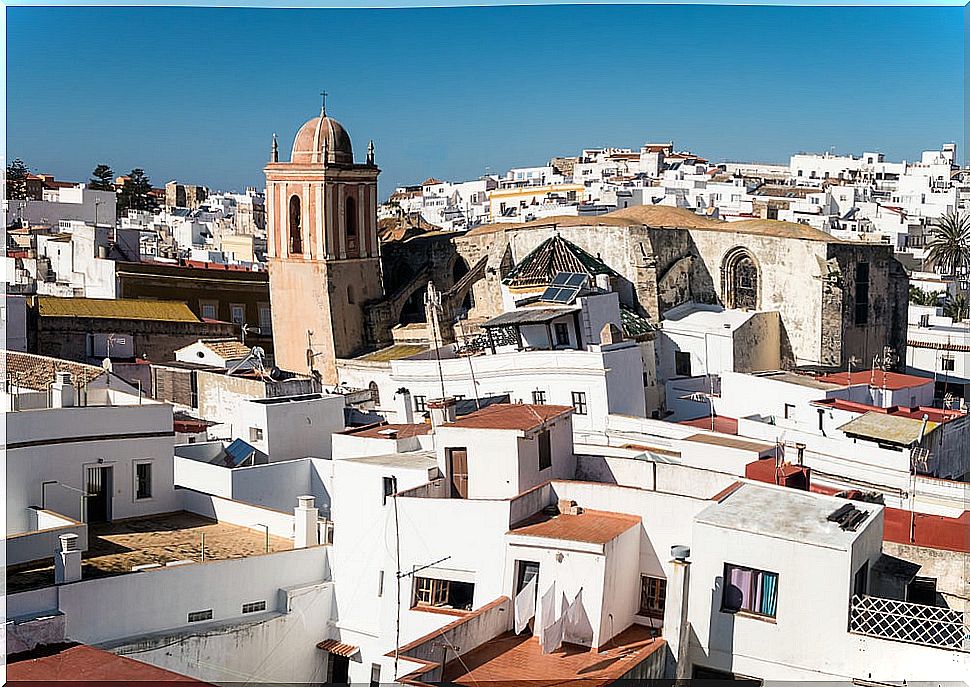
In the interior area we can also highlight some religious buildings. The church of San Mateo stands out, the most important in the city and built in the 16th century in the Gothic style.
Another significant temple is the church of Santiago, built on the remains of an old mosque and a single nave. And, in addition to it, we must mention the church of Santa María (next to the castle, formerly a mosque) and that of San Francisco (rebuilt in 1797 with a baroque and neoclassical façade).
Beyond the walls
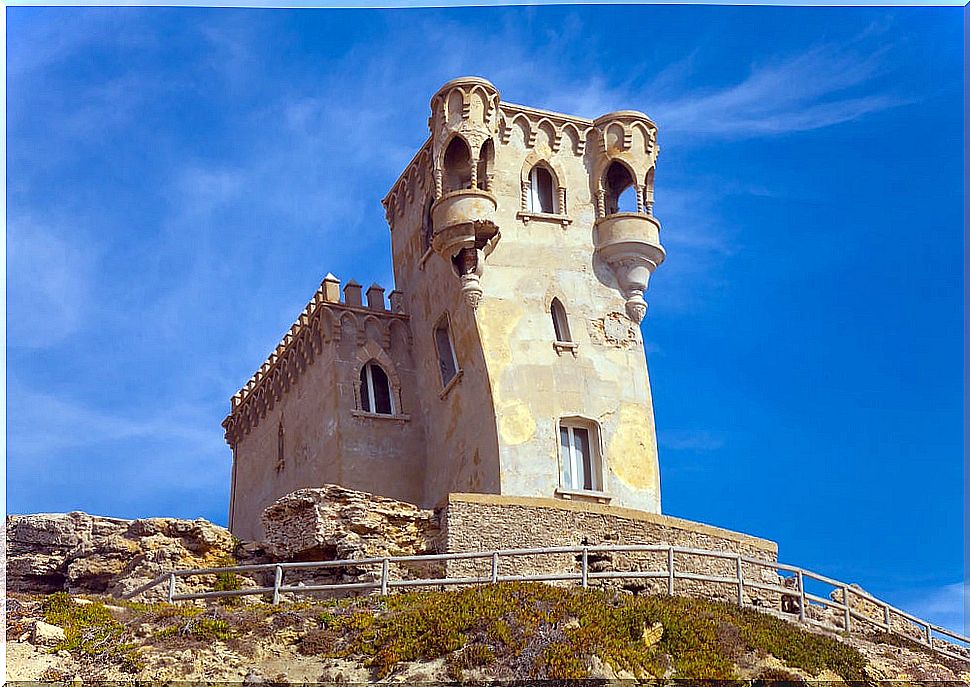
In the area outside the walls we can find the castle of Santa Catalina, a fort located on the same hill where until the 16th century there was a hermitage. The objective of this construction was to secure the batteries of the island of Las Palomas.
In the municipal area of the city there are also 8 beacon towers, used as surveillance from the Middle Ages to the 16th century. The best known are La Peña, Cabo de Gracia and Guadalmesí.
Natural areas in Tarifa
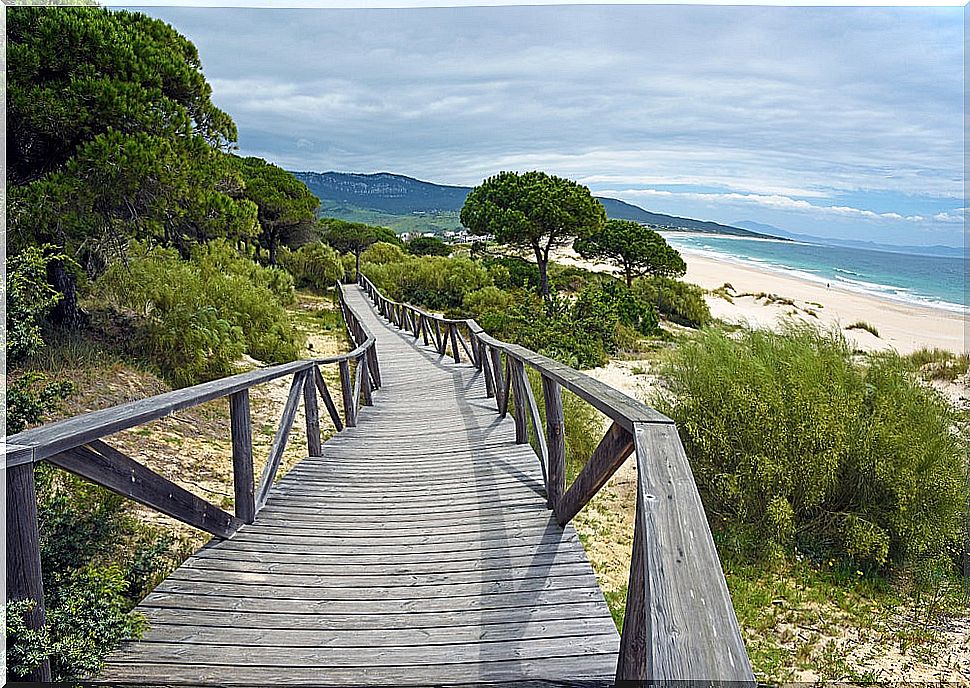
Beyond the urban area, in Tarifa there are places that are also worth visiting and among them its beaches stand out. This is a paradise for lovers of nautical sports such as kitesurfing, windsurfing or the submarine. Playa Chica, Los Lances and, especially Bolonia beach, are some of its jewels.
It is precisely very close to this last beach where some very interesting remains are discovered. Baelo Claudia is an ancient Roman city whose ruins can be visited. In them you can discover the theater, several temples, houses and old factories dedicated to the production of fish-based products.
Finally, Tarifa has territories in four protected natural areas : the Los Alcornocales Natural Park, the Estrecho Natural Park, the Playa de Los Lances Natural Park and the Duna de Bolonia Natural Monument.
